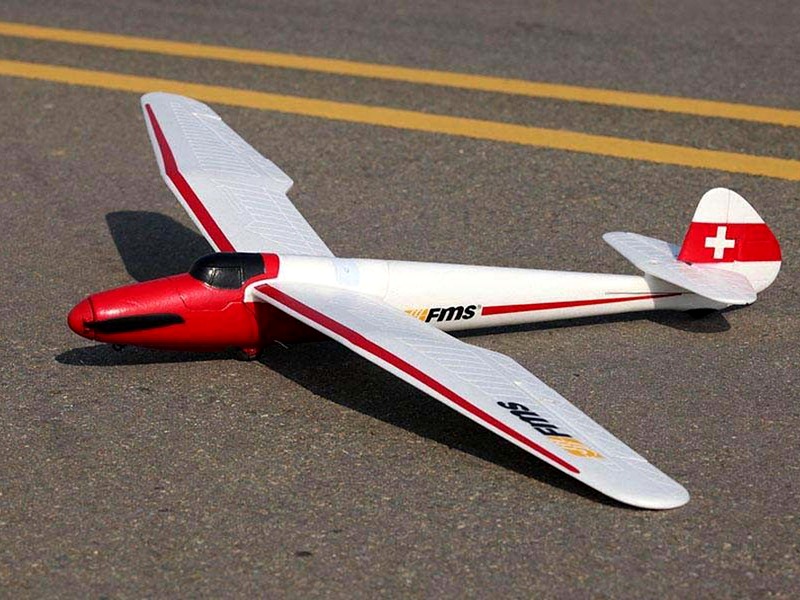Can turbulence rip a wing off?

The answer to the question of whether turbulence can rip a wing off an aircraft is that it is possible, but unlikely. Turbulence is an unpredictable and chaotic movement of air that can cause an aircraft to experience sudden changes in speed and direction. While turbulence can cause an aircraft to experience significant buffeting and shaking, it is usually not strong enough to cause structural damage to an aircraft.
The forces created by turbulence are typically not strong enough to rip off a wing. The wings of an aircraft are designed to withstand the forces created by turbulence, and they are usually constructed with strong materials such as aluminum or composite materials. In addition, the wings are usually reinforced with struts and ribs to provide additional strength and stability.
However, there have been cases in which turbulence has caused significant damage to an aircraft. In some cases, turbulence has caused the wings to buckle or even break off. This is usually caused by a combination of factors, such as the aircraft flying through an area of severe turbulence, the aircraft being overloaded, or the aircraft being inadequately maintained.
In addition, there are certain types of aircraft that are more susceptible to turbulence-induced damage. For example, older aircraft with weaker wings or those with a high wing loading (the ratio of the aircraft’s weight to its wing area) are more likely to experience damage from turbulence.
In conclusion, while turbulence can cause significant buffeting and shaking, it is usually not strong enough to rip off a wing. However, there are certain conditions in which turbulence can cause significant damage to an aircraft, and certain types of aircraft are more susceptible to turbulence-induced damage. Therefore, it is important to ensure that aircraft are adequately maintained and operated in accordance with safety regulations to reduce the risk of turbulence-induced damage.
Comments / Question
2. Strengthen the wing root structure with additional struts and ribs, which will help to reduce the risk of wings bending or twisting under high-stress conditions.
3. Reinforce the wings with carbon fibers and other composite materials, which will increase the wings’ ability to resist deformation.
4. Increase the stiffness of the wings, which will make them more resistant to bending or twisting under high-stress conditions.
5. Design the wings with a sweptback configuration, which will help to reduce the effects of turbulence by reducing the wings’ surface area.
6. Increase the span of the wings, which will help to reduce the risk of wing failure due to turbulence.
7. Improve the aerodynamic design of the wings, which will help to reduce the risk of wing failure due to turbulence by reducing the drag forces on the wings.
8. Use advanced aerodynamic control systems, such as active flow control, to help reduce the risk of wing failure due to turbulence.
2. Use advanced materials in the construction of the aircraft, such as composites and reinforced plastic, to reduce the risk of structural failure in turbulent conditions.
3. Employ redundant systems in the design of the aircraft to create backup systems in case of failure.
4. Use advanced sensors to detect and monitor turbulence, so pilots can take early action to avoid it.
5. Provide pilot training to understand the effects of turbulence and how to reduce risk.
6. Utilize airframe icing protection systems to prevent ice buildup on the wings and other components, which can reduce the strength of the aircraft.
7. Install additional safety devices on the wings, such as gust lock systems, to reduce the risk of damage in case of unexpected turbulence.
2. Excessive airspeed
3. Poorly maintained aircraft
4. Inadequate airfoil design
5. Poorly maintained control surfaces
6. Poorly maintained flight control systems
7. Poorly maintained engines
8. Poorly maintained landing gear
9. Poorly maintained navigation systems
10. Poorly maintained avionics systems
1. Using in-flight weather radar to detect areas of turbulence and adjust the flight path accordingly.
2. Requesting pilot reports from other aircraft in the area that may have encountered turbulence.
3. Checking satellite imagery to locate areas of convective activity (clouds or storms) that may indicate the potential for severe turbulence.
4. Requesting specialized turbulence forecasts from METARs (Aviation Routine Weather Reports) and TAFs (Terminal Aerodrome Forecasts).
5. Monitoring wind shear alerts from weather services.
6. Following conservative altitude and speed instructions as recommended by manufacturers.
7. Maintaining vigilant situational awareness at all times.

